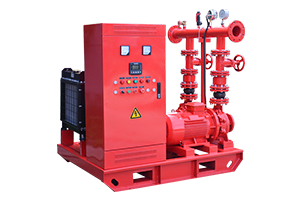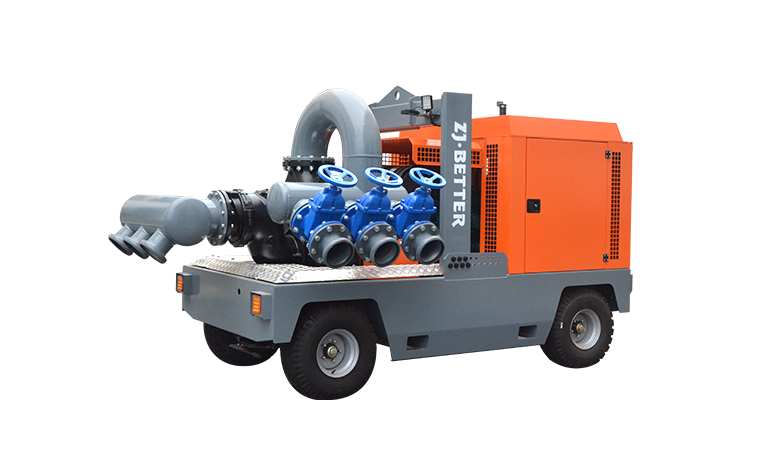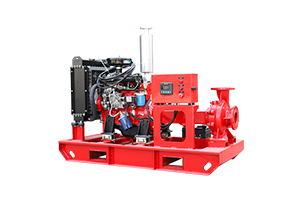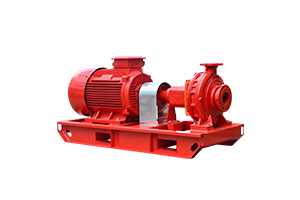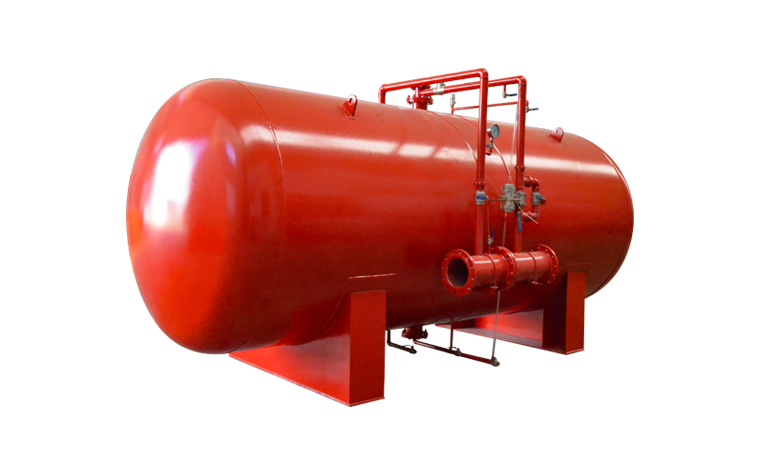How to Maximize Fire Pump System Efficiency with Jockey Pumps?
Nov 12, 2024
Share:
Maximizing fire pump system efficiency with jockey pumps is a smart way to ensure reliability while minimizing wear and tear on the main fire pumps. Here are some strategies to optimize their performance:
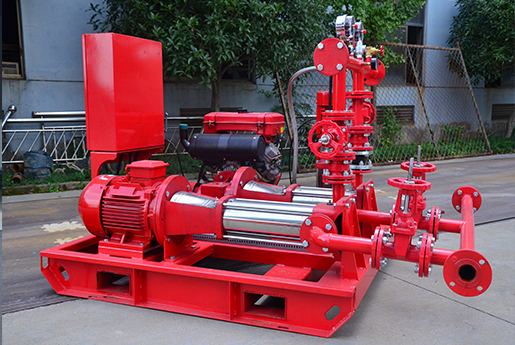
1. Proper Sizing of the Jockey Pump
- A jockey pump should be sized appropriately to handle minor system leaks and maintain pressure, which prevents the main fire pumps from starting unnecessarily. An oversized jockey pump could lead to energy inefficiency, while an undersized one could fail to maintain pressure effectively.
- Typically, the jockey pump's flow rate should be between 1% to 3% of the main fire pump’s capacity, with a head slightly above the fire pump pressure.
2. Correctly Set Pressure Switches
- Ensure that the jockey pump’s pressure switch is set slightly below the fire pump’s cut-in pressure. This way, the jockey pump can maintain system pressure without engaging the main pump.
- Using a differential pressure setting (e.g., starting the jockey pump at 10 psi below system pressure and stopping it once the desired pressure is reached) helps to avoid frequent cycling, improving system efficiency and prolonging equipment life.
3. Routine Maintenance and Testing
- Regular maintenance ensures that the jockey pump performs effectively. Inspect seals, bearings, and pressure switches routinely to prevent system leaks and ensure the pump can operate smoothly.
- Check for any signs of wear that might impact efficiency, and perform flow tests periodically to confirm that the jockey pump is meeting system demands.
4. Integrate with a Variable Frequency Drive (VFD)
- A VFD on a jockey pump can provide energy savings by adjusting the pump’s speed based on system pressure. This results in reduced power consumption and less mechanical stress, especially in systems with variable demand.
- VFDs also allow soft starts and stops, which reduces the risk of water hammer and prolongs pump life.
5. Use High-Efficiency Pump Models
- Invest in high-efficiency jockey pumps that use less power to achieve the required flow and pressure. Some jockey pumps are specifically designed for optimized performance in fire protection systems, balancing energy use with pressure maintenance needs.
6. Implement a Smart Monitoring System
- Monitoring jockey pump operation in real time can provide valuable data for optimizing system efficiency. Smart controllers and IoT systems can alert you to any issues, track energy usage, and help predict maintenance needs.
- This proactive approach helps keep the fire protection system efficient and reduces unexpected downtime.
Benefits of Efficient Jockey Pump Usage
- Reduced Main Pump Wear: The main fire pump engages only during fire incidents, reducing wear and maintenance needs.
- Energy Savings: With fewer main pump starts and controlled jockey pump operation, overall energy costs drop.
- Extended Equipment Life: Efficient operation and routine maintenance help extend the life of both jockey and main fire pumps, lowering long-term costs.
By following these practices, you can significantly boost the efficiency of your fire pump system, ensuring it remains reliable, energy-efficient, and cost-effective.

